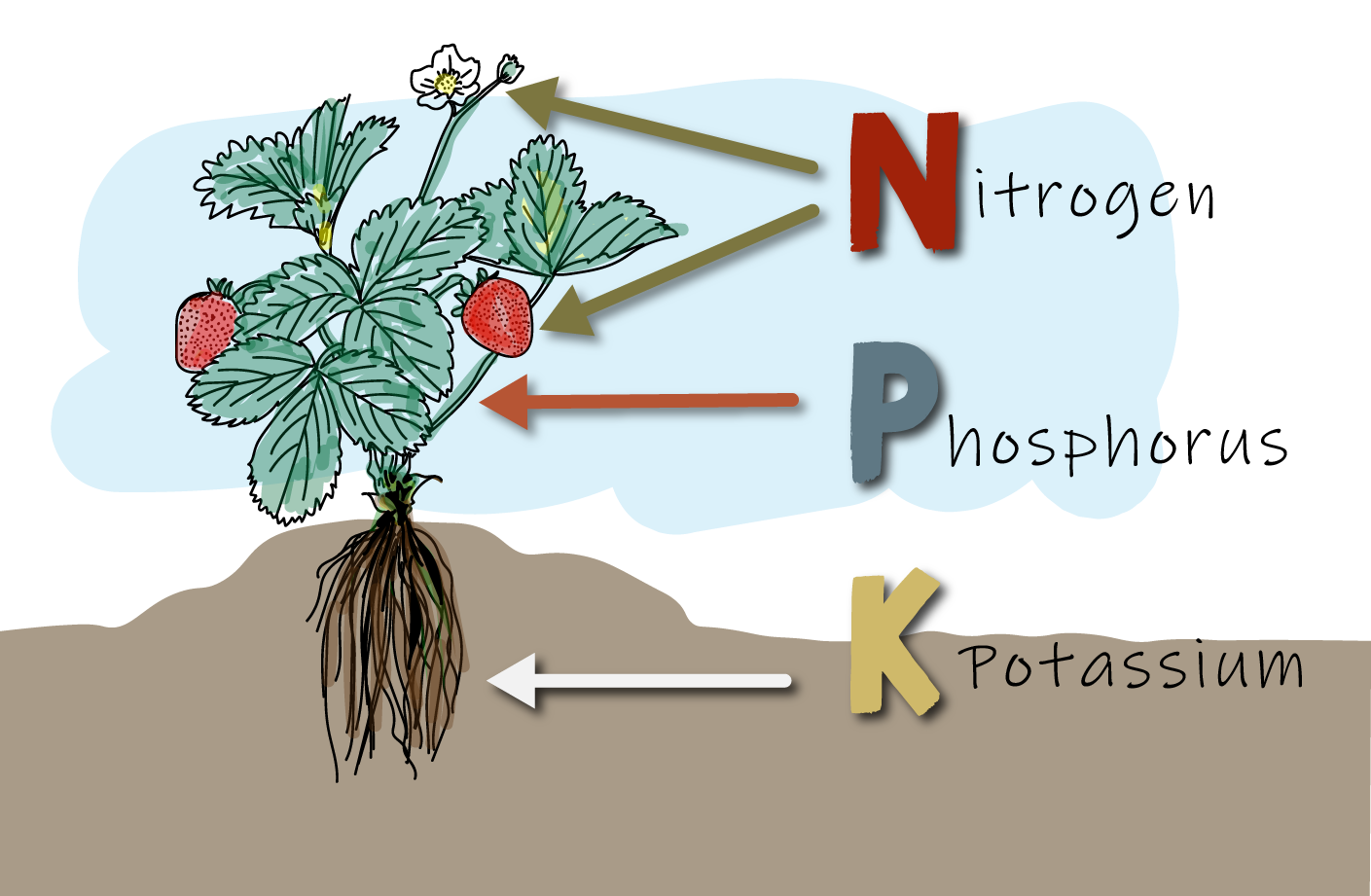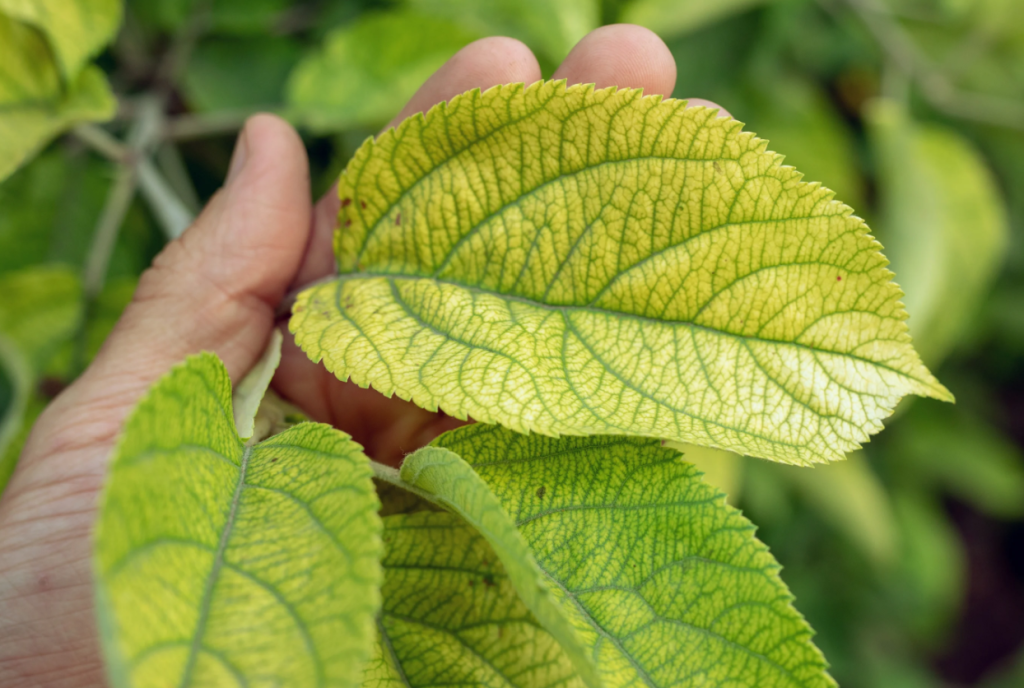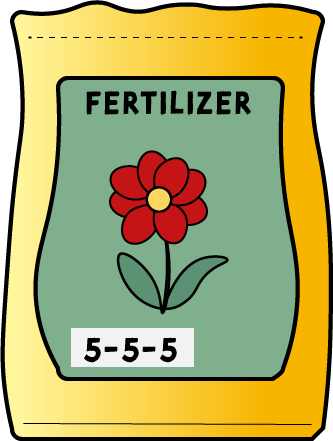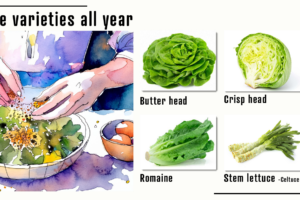
Understanding Plant Nutrition: NPK and Other Essential Nutrients for Healthy Growth and Development
Plant nutrition refers to the chemical elements and compounds that plants require to grow and develop properly. These nutrients can be obtained through the soil, water, and air. Soil with sufficient amounts of nutrients greatly improve the quality of a crop but can become depleted as crops use those nutrients to grow. Understanding the basics of plant nutrition can help you maintain good soil health and recognise possible plant deficiencies.
Read the article then take this quiz.
NPK Quiz
N.P.K
The three main macro-nutrients that plants need in large quantities are nitrogen (N), phosphorus (P), and potassium (K), commonly referred to as NPK and commonly remembered as Fruits Roots and Shoots.. Each of these nutrients plays a critical role in plant growth and development.
- Nitrogen is essential for the formation of amino acids, proteins, and chlorophyll, which is necessary for photosynthesis. It also plays a vital role in the growth and development of leaves and stems.
- Phosphorus is vital for the formation of DNA, ATP (adenosine triphosphate), and cell membranes. It helps to regulate plant growth and development, aids in the formation of flowers and fruits, and supports root development.
- Potassium helps to regulate water balance within the plant and plays a crucial role in the regulation of stomata, which are the tiny openings on leaves that control gas exchange. It also enhances plant resistance to disease, supports root growth and development, and enhances the overall quality of fruits and vegetables.

In addition to NPK, there are several other macro-nutrients and micro-nutrients that plants require in smaller quantities, including calcium, magnesium, sulfur, iron, zinc, manganese, and boron. Each of these nutrients plays a specific role in plant growth and development, and a deficiency in any one of them can cause significant problems for the plant. Deficiencies can often be identified by observing the patterns of colour on leaves or diseases that might be present.
Although this might sound complicated, the home gardener need only add a layer of good quality compost regularly to their garden beds to provide balanced nutrition. Using liquid fertilizer teas will provide an extra boost every 2-4 weeks.
Natural Sources of NPK
1. Compost: Compost is a great source of NPK and other essential nutrients for plants. It’s made by decomposing organic matter like food scraps, leaves, and grass clippings. Compost can be added to soil or used as a top dressing around plants.
2. Manure: Manure is another great source of NPK for gardeners. It’s rich in nitrogen, phosphorus, and potassium and can be added to soil or used as a top dressing around plants. However, it’s important to use well-aged manure to avoid burning plants with excess nitrogen.
3. Bone meal: Bone meal is made from ground-up animal bones and is a great source of phosphorus for plants. It can be added to soil before planting or used as a side dressing around established plants.
4. Fish emulsion: Fish emulsion is made from ground-up fish and is a great source of nitrogen for plants. It can be applied to soil or used as a foliar spray.
5. Kelp meal: Kelp meal is made from dried seaweed and is a great source of potassium for plants. It can be added to soil before planting or used as a side dressing around established plants.
6. Blood meal: Blood meal is made from dried animal blood and is a great source of nitrogen for plants. It can be added to soil or used as a side dressing around established plants. However, it’s important to use it sparingly as it can burn plants with excess nitrogen.
7. Worm castings: Worm castings are made from the poop of worms and are a great source of NPK and other essential nutrients for plants. They can be added to soil before planting or used as a top dressing around established plants.
8. Wood ash can be used as a fertilizer due to its high content of potassium, calcium, and magnesium. it is important to note that wood ash should be used in moderation, as excessive amounts can raise the pH level of the soil and cause nutrient imbalances. Wood ash should be used in moderation.
Buying fertilizers for your plants

The numbers on the NPK label usually represent the percentage of each nutrient in the fertilizer by weight. This can be confusing because the label reads like a ratio whereby you’d compare each number as the parts of the whole.
For example, a fertilizer with an NPK label of 10-5-5 means that it contains 10% nitrogen, 5% phosphorus, and 5% potassium. A label with 20-10-10 would have double the concentration of NPK than the previous example. The manufacturer should give an indication of the coverage for the fertilizer such as 100gms per metre squared.
The ratio of NPK is important because it determines the specific benefits of the fertilizer for different types of plants and growth stages. To select the appropriate NPK ratio, consider the type of plant, its growth stage, and the specific needs of the soil and environment. It is also important to follow the instructions on the label and avoid over-fertilizing, which can harm plants and the environment. If you are unsure then a balanced fertilizer is probably a good choice.



